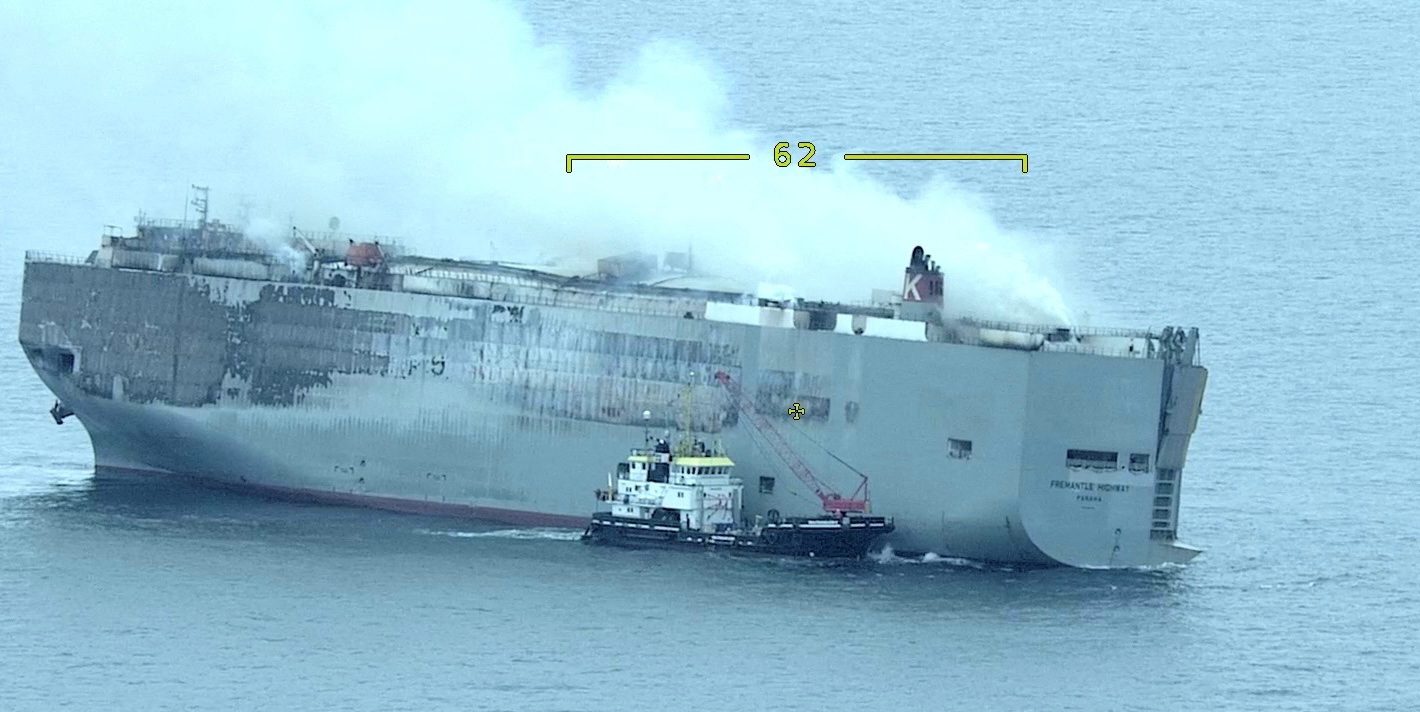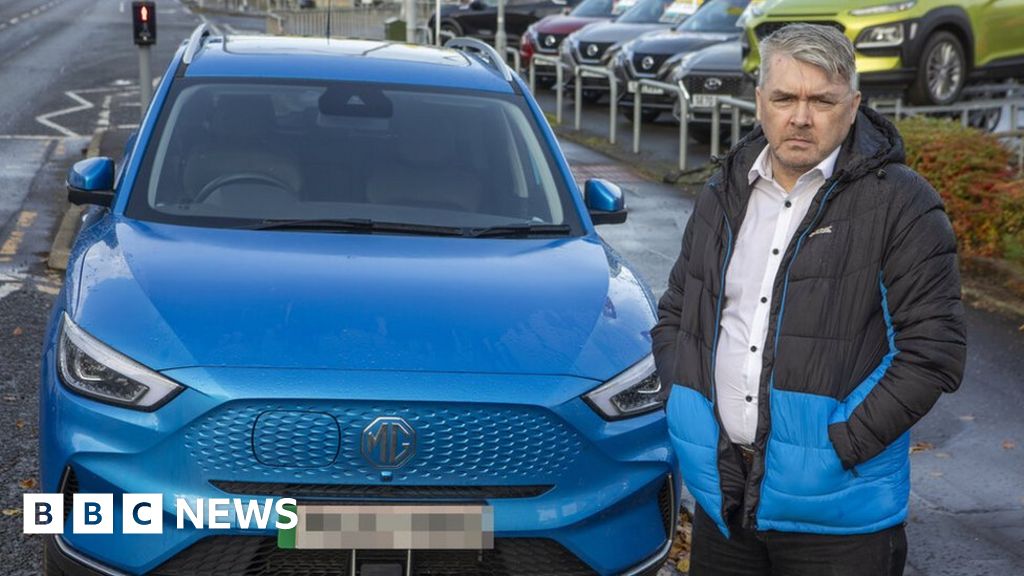Tigersoap
The Living Force
Here is the beginning of an article from WIRE
And the link to the Tesla motors website : http://www.teslamotors.com/
In these time of oil scare I am wondering if this will be really available for the mass market as they seemed to be prepared to do.
The full article is here: http://www.wired.com/news/wiredmag/0,71414-0.html?tw=wn_index_18Martin Eberhard holds the brake down with his left foot and presses on the accelerator with his right. The motor revs, the car strains against the brake. I hear ... almost nothing. Just a quiet whine like the sound of a jet preparing for takeoff 5 miles away. We're belted into a shimmering black sports car on a quiet, tree-lined street in San Carlos, California, 23 miles south of San Francisco. It has taken Eberhard three years to get this prototype ready for mass production, but with the backing of PayPal cofounder Elon Musk, Google's Larry Page and Sergey Brin, and ex-eBay chief Jeff Skoll, he has created Silicon Valley's first real auto company.
"You see any cops?" Eberhard asks, shooting me a mischievous look. The car is vibrating, ready to launch. I'm the first journalist to get a ride.
He releases the brake and my head snaps back. One-one-thousand: I get a floating feeling, like going over the falls in a roller coaster. Two-one-thousand: The world tunnels, the trees blur. Three-one-thousand: We hit 60 miles per hour. Eberhard brakes. We're at a standstill again -- elapsed time, nine seconds. When potential buyers get a look at the vehicle this summer, it will be among the quickest production cars in the world. And, compared to other supercars like the Bugatti Veyron, Ferrari Enzo, and Lamborghini Diablo, it's a bargain. More intriguing: It has no combustion engine.
The trick? The Tesla Roadster is powered by 6,831 rechargeable lithium-ion batteries -- the same cells that run a laptop computer. Range: 250 miles. Fuel efficiency: 1 to 2 cents per mile. Top speed: more than 130 mph. The first cars will be built at a factory in England and are slated to hit the market next summer. And Tesla Motors, Eberhard's company, is already gearing up for a four-door battery-powered sedan...
And the link to the Tesla motors website : http://www.teslamotors.com/
In these time of oil scare I am wondering if this will be really available for the mass market as they seemed to be prepared to do.








